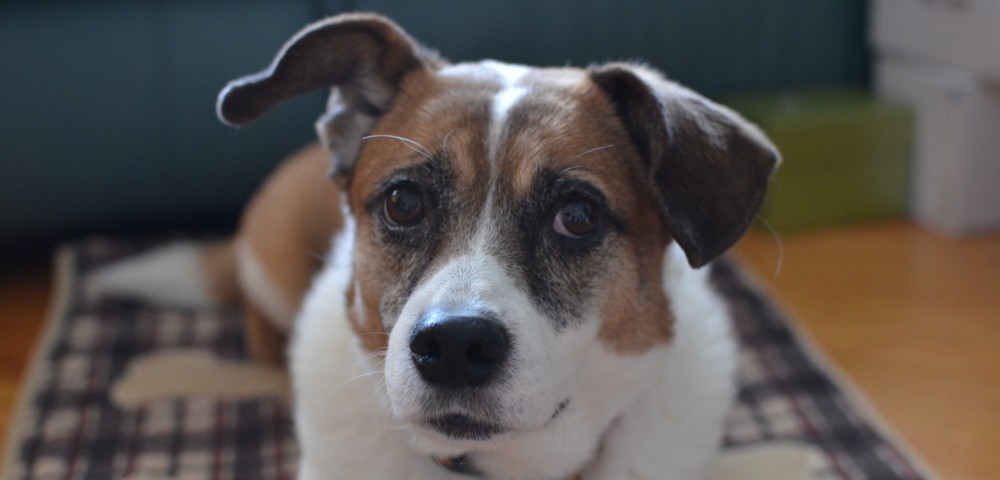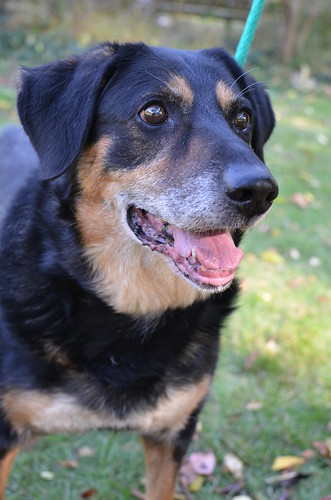You know I’m all about the notion that better photos can help dogs get adopted. It’s logical, after all. I’m always drawn to a photo of a pup with more personality. (Speaking of personality… at right, you’ll see a photo I took when I volunteered at a local shelter last month.)
Anyway, today I’m here to share a story about something that strikes me as completely illogical. Let’s say you’re a shelter… you have a crappy camera and have some crappy photos of adoptable dogs up on your website. An employee decides to use her higher-quality DSLR to snap some photos of dogs scheduled to be euthanized and shares them in hopes of finding a rescue group or potential adopter who could save the dogs.
This woman displayed initiative, saw a problem, and took steps to improve the situation. Sounds like Employee of the Year material to me. In reality, she joined the ranks of the unemployed.
According to the New York Times, Emily Tanen was fired from Animal Care and Control of New York City for taking photographs of animals scheduled to be euthanized. Why? Her photographs apparently violated her employer’s rules regarding photos – specifically, who can take photos, how the animals can be photographed, and how the photos can be used. (One rule precludes showing humans in photos with the animals – apparently this extends to body parts such as a hand. Even with my limited experience, I can tell you that it’s not always possible to get a photo of a nervous dog without a human’s arm or elbow somewhere in the frame.)
Emily took some lovely photos of the dogs that put the official shelter photos to shame. It sounds like those photos helped some animals escape death row. Instead of seeing the potential here, the shelter fired her. (Another former volunteer has also expressed displeasure with the fact that the shelter wanted to tightly control any of the photographs he took instead of allowing him to post them on his Facebook page. Since when is wider exposure for an animal in need of a home a bad thing?)
Don’t get me wrong – I realize that not all shelters have the time or resources to devote to getting some truly fantastic photographs of adoptable animals. They may not have enough volunteers to do so – in fact, the article suggests that there are only a handful of volunteers to take photos for the entire city shelter system involved here. In addition, I’m sure there are sometimes valid legal reasons that an organization like this one would want to control the use of photos or set forth standards.
However, why not try to find a middle ground? Perhaps the shelter could have taken this opportunity to revisit its policies and come up with a plan for getting photos of the animals that would both be acceptable to the shelter and would increase the animals’ chances of adoption. (Similarly, in the case of the other volunteer I mentioned above, perhaps agreeing to a reasonable way that the photos could be circulated while noting that he did not officially represent the shelter would have been an option.)
This story isn’t about a lack of resources – you have an employee who is willing and able to help take better photos of the animals. Perhaps she violated the policy, but wouldn’t a reprimand would have made more sense than firing her?
You can read the full New York Times article here.
UPDATE 11/15/11: There appears to be an online petition circulating to get Emily her job back. If you’d like to learn more, click here.




